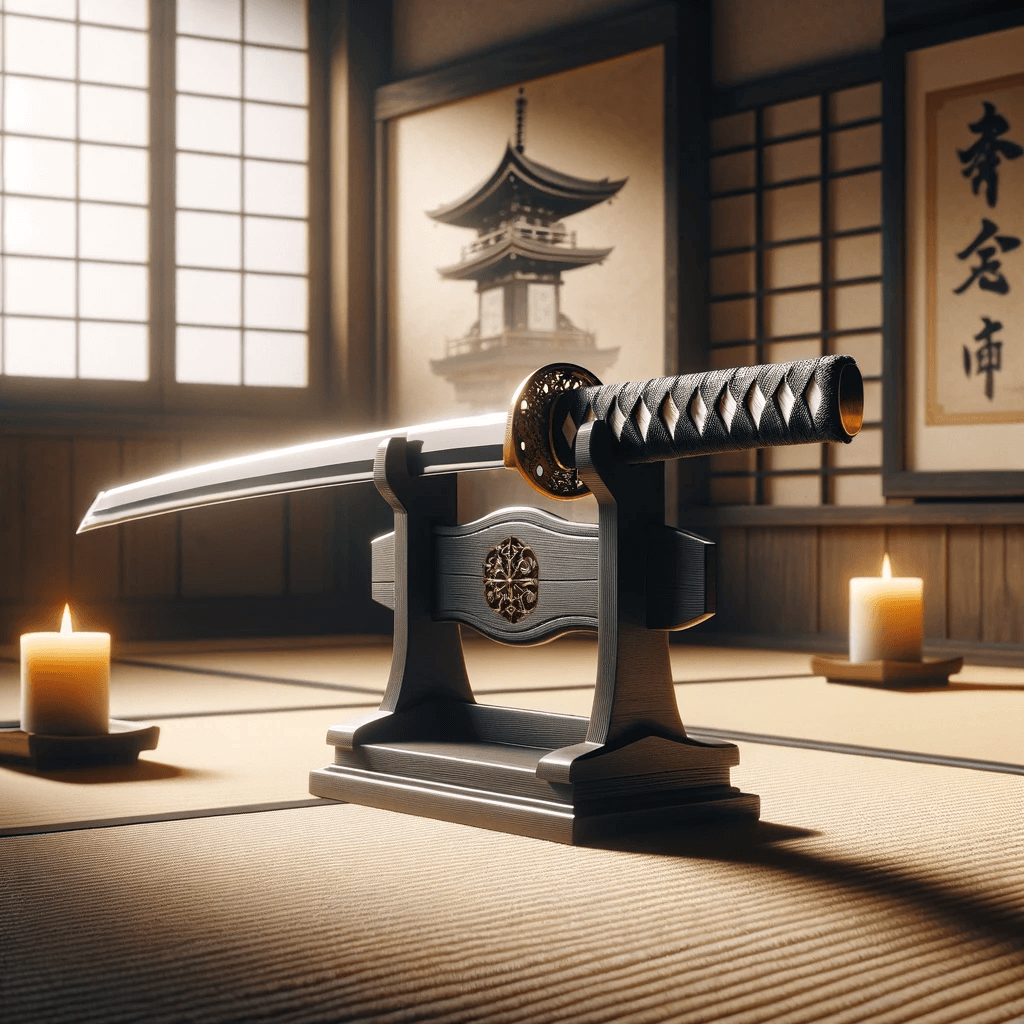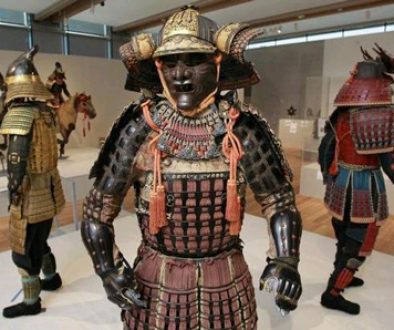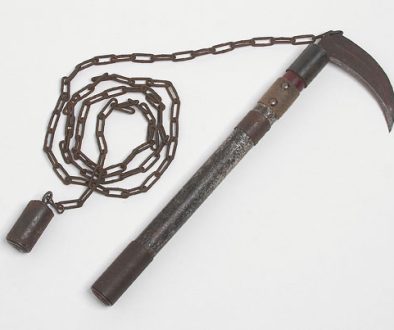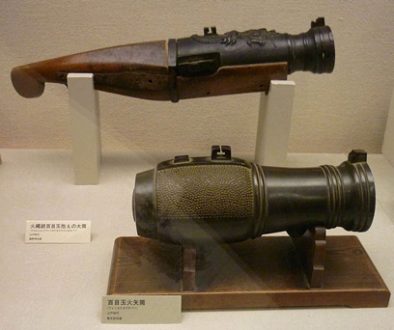Everything to Know About the Japanese Samurai Sword
Introduction
The ancient culture of Japan was significantly shaped by the continent’s influences, with the Yayoi period being notably impacted by Korea. The introduction of food cultivation, iron tools, mining, and related technology during the late Jomon era greatly enhanced Japanese life. It paved the way for a romantic relationship with one of the world’s deadliest weapons.
The two oldest known metal swords in Japan were given to Queen Himiko by China in 240 A.D. During the Wei dynasty, Japan had a limited number of iron craftsmen, so they imported many more iron swords from China by 280 A.D. However, Japan soon began producing its blades. In the 5th century, they started making steel swords known as Chokuto, which had a straight, single-edged design. The unique method of hardening steel characteristic of Japanese swords was developed in the 6th century.
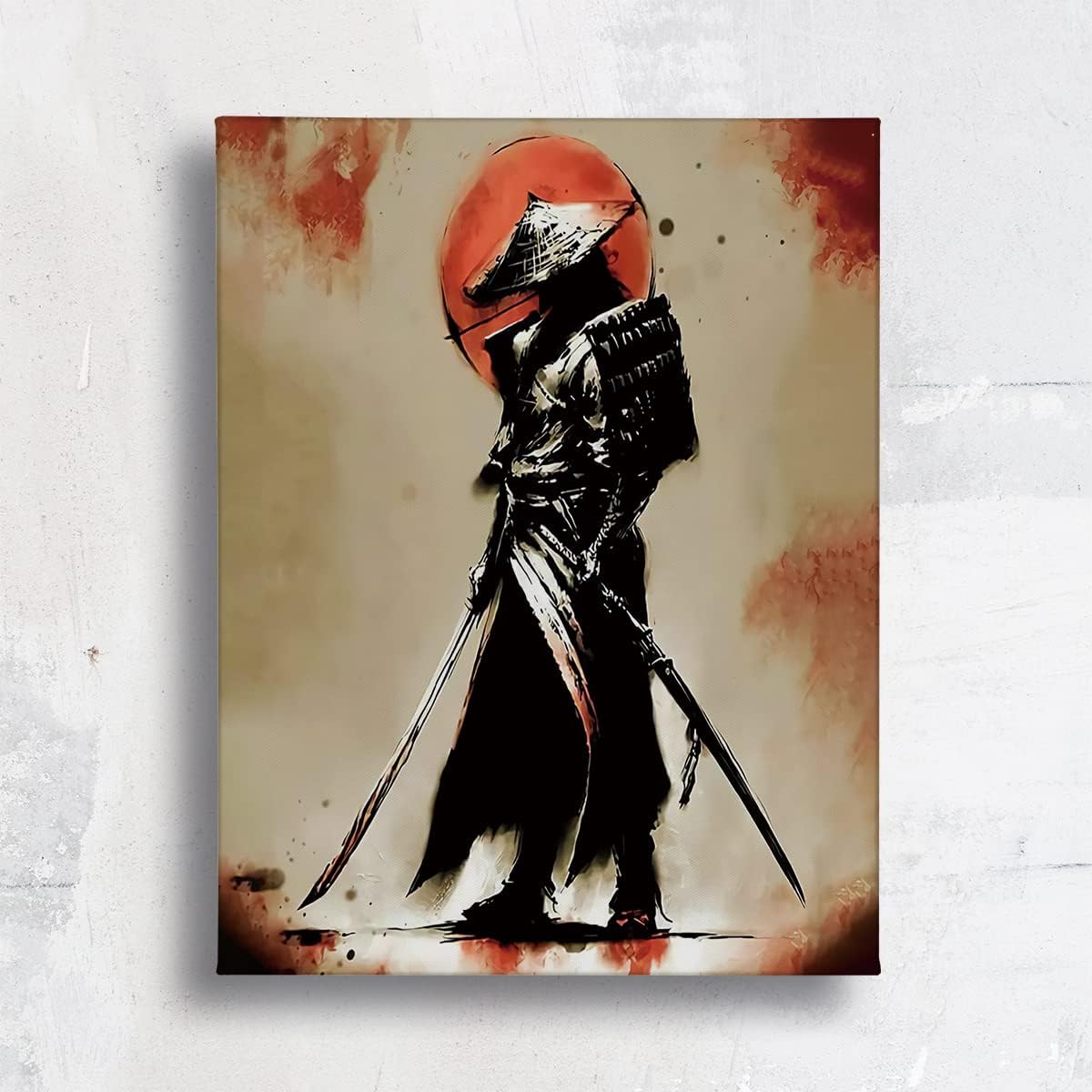
The Kojiki and the Nihon Shoki, both ancient texts of historical importance, mention that swords were highly valued as weapons and sacred items. This fact is supported by the discovery of many blades in ancient burial mounds and the many swords held in Shrines across Japan. The aesthetic appeal of the Japanese sword was derived solely from its intended purpose as a practical weapon.
The traditional wisdom passed down among samurai and swordsmiths in Japan emphasizes the three essential qualities of a sword: it should not break, bend, and cut well. However, these qualities are inherently contradictory, and Japanese swordmakers (Tosho) had to make significant efforts to find a balance between them. As fighting techniques evolved, particularly during the battles against the Emishi for control of the Kanto plain, the benefits of a curved sword for horseback fighting became clear to the Japanese. This highlighted their practical approach and ability to adapt and improve upon foreign ideas, a principle that remains relevant today in Kaizen: the principle of constant improvement.
As long as the original purpose of the sword is practical, it is natural that changes in fighting style and cutting targets have influenced the sword, especially in the shape.
Sword Influence
Sugata (Form): This pertains to the general form and construction of the sword. Various sword shapes were favored during different eras in Japanese history. For instance, blades crafted during the Heian period (794-1185) might exhibit a distinct curvature or lack thereof, contrasting with those made during the Edo period (1603-1868). Analyzing the curve, length, breadth, and other characteristics of the sword’s shape enables specialists to approximate the era of its creation.
Jihada (Grain Pattern of the Steel): The visible pattern on the blade, known as Jihada, is a result of the sword-making process and can be used to identify the period and the swordsmith school that created it. The grain pattern is formed by how the steel is folded and forged, with different techniques and materials used in various eras resulting in distinctive patterns.
Tempering Line (Hamon): The hardening process of the blade produces a visually distinct effect known as the tempering line. This line can be observed along the sword’s edge, indicating variations in the color or texture of the steel. To achieve this, a clay mixture is applied to the blade before rapidly cooling it through quenching. The Hamon’s appearance, shape, and composition can differ significantly, reflecting specific historical periods and the craftsmanship of individual swordsmiths. The Hamon serves not only as a decorative element but also as a demonstration of the blade’s hardness and flexibility.
By analyzing these characteristics, specialists can infer much about a sword, such as the time it was crafted. Each era had unique designs and methods, making these attributes akin to a distinctive marker of the sword’s source. This evaluation demands significant knowledge and skill, encompassing comprehension of historical background, metallurgy, and the craftsmanship of Japanese sword production.
Historians and sword enthusiasts agree that the Japanese sword emerged in its fully developed form around 940 A.D. During this time, surviving swords with all the defining features of the “ideal” Japanese sword were created, including a single edge, hardened steel, and a pronounced curvature. Some of these ancient blades also display a distinctive characteristic of Japanese swords: a softer inner core encased by more rigid steel. While it’s debated whether all old blades were crafted using the same techniques, it’s clear that this technology was available and utilized during this period.
Dating Swords
Shinsakuto (新作刀):
The term translates to “recently made swords” in English. Shinsakuto refers specifically to Japanese swords crafted by living swordsmiths after 1952. This date is significant because it marks the end of the ban on sword forging, which was imposed in 1945 after World War II. The ban was part of the disarmament policies during the occupation of Japan.
Context of Shinsakuto:
These swords follow traditional Japanese sword-making techniques. Swordsmiths who create Shinsakuto are often highly skilled artisans dedicated to preserving the ancient craft. These swords are functional weapons and works of art, usually made with the same care and detail as historical swords.
Relation to Gendaito:
Gendaito (現代刀) means “modern swords” and generally refers to swords made from around 1868 (the beginning of the Meiji era) to the present. Shinsakuto is a subgroup within Gendaito. The distinction is that while Gendaito encompasses all modern swords, Shinsakuto specifically refers to those made by contemporary, living wordsmiths.
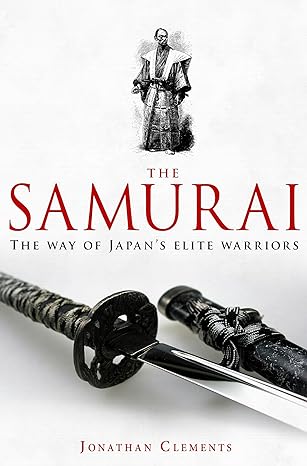
Transition from Shinsakuto to Gendaito:
An interesting aspect is the transition of a sword’s classification from Shinsakuto to Gendaito upon the death of its maker. According to the standards of the NBTHK (Nippon Bijutsu Token Hozon Kyokai), which is the Japan Art Sword Preservation Society, a sword that was considered Shinsakuto (attributed to a living swordsmith) becomes classified as Gendaito once the swordsmith passes away. This reflects the importance of the creator’s role in the identity of the sword.
Sword Period Division
- Jokoto 上古刀 pre-938
- Early Koto 初古刀 938 ~ 1319
- Middle Koto 中古刀 1319 ~ 1460
- Late Koto 末古刀 1460 ~ 1596
- Keigen-Shinto 慶元新刀 1596 ~ 1624
- Kanei-Shinto 寛永新刀 1624 ~ 1658
- Kambun-Shinto 寛文新刀 1658 ~ 1684
- Genroku-Shinto 元禄新刀 1684 ~ 1764
- Early Shinshinto 初新々刀 1764 ~ 1818
- Middle Shinshinto 中新々刀 1818 ~ 1854
- Late Shinshinto 末新々刀 1854 ~ 1868
- Gendaito 現代刀 1868 ~ today
Japanese Swords during the Jokoto Period
The Tsurugi sword, originating during Japan’s Kofun to Heian periods (5th to 9th century), was characterized by its straight blade with little or no curvature, resembling the Chinese Jian but with a thinner profile. It served as the precursor to the renowned Katana, frequently depicted in Japanese period dramas and manga. Unlike the Katana, the Chokuto, an early form of the Tsurugi, featured a long, straight blade.
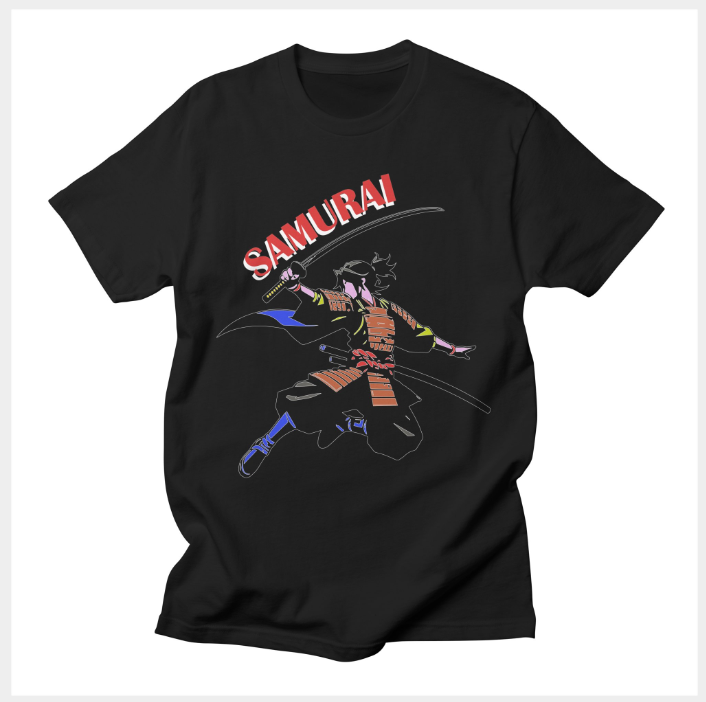
The Chokuto and the Tsurugi are both ancient Japanese swords, but they have distinct characteristics and origins:
Chokuto
The Chokuto is a straight, single-edged Japanese sword primarily produced before the 9th century. Its style and forging techniques likely originated from ancient China and Korea, and it was among the earliest types of swords to be forged in Japan. The Chokuto was used for stabbing or slashing and was worn hung from the waist. It typically came in hira-zukuri and kiriha-zukuri blade styles, distinct from later Japanese swords like the Tachi and Katana.
Tsurugi
The Tsurugi, on the other hand, was the earliest type of sword cast in Japan. Unlike the Chokuto, which had various styles influenced by Chinese and uniquely Japanese designs, the Tsurugi seems more homogeneous. Some Tsurugi swords featured ring-shaped ornaments, fist-like decorations, or deer antlers on the tip of the handle, indicating a degree of stylistic variation.
In summary, while both the Chokuto and Tsurugi are ancient Japanese swords, they differ in their origins, styles, and methods of production, with the Chokuto being one of the earliest forged swords influenced by Chinese and Korean styles and the Tsurugi being the earliest type of sword cast in Japan with its unique styles.
The Evolution of Katana
Samurai swords have undergone dramatic change over time. With its single-bladed edge explicitly designed against mounted combat, the katana was first produced during the Jokoto period (900 A.D).
Amakuni may have accidentally discovered this technique after his Lord’s army returned from battle with their swords broken. To improve shock resistance, he reduced the hardened part of each blade by lowering its hardening point, leaving more flexible steel there instead and thus creating more significant shock resistance.
He also introduced a unique Hamon known as Obusa-zori or Juka-choji, whose cross-section resembles clam shells overlapping. Furthermore, Kissaki’s width increased, and Nakago length decreased compared to previous periods, giving these swords their robust and sturdy appearance.
Japanese Swords during the Jokoto Period
The Tsurugi sword, originating during Japan’s Kofun to Heian periods (5th to 9th century), was characterized by its straight blade with little or no curvature, resembling the Chinese Jian but with a thinner profile. It served as the precursor to the renowned Katana, frequently depicted in Japanese period dramas and manga. Unlike the Katana, the Chokuto, an early form of the Tsurugi, featured a long, straight blade.
The Chokuto and the Tsurugi are both ancient Japanese swords, but they have distinct characteristics and origins:
Chokuto
The Chokuto is a straight, single-edged Japanese sword primarily produced before the 9th century. Its style and forging techniques likely originated from ancient China and Korea, and it was among the earliest types of swords to be forged in Japan. The Chokuto was used for stabbing or slashing and was worn hung from the waist. It typically came in hira-zukuri and kiriha-zukuri blade styles, distinct from later Japanese swords like the Tachi and Katana.
Tsurugi
The Tsurugi, on the other hand, was the earliest type of sword cast in Japan. Unlike the Chokuto, which had various styles influenced by Chinese and uniquely Japanese designs, the Tsurugi seems more homogeneous. Some Tsurugi swords featured ring-shaped ornaments, fist-like decorations, or deer antlers on the tip of the handle, indicating a degree of stylistic variation.
In summary, while both the Chokuto and Tsurugi are ancient Japanese swords, they differ in their origins, styles, and methods of production, with the Chokuto being one of the earliest forged swords influenced by Chinese and Korean styles and the Tsurugi being the earliest type of sword cast in Japan with its unique styles.
The Evolution of Katana
Samurai swords have undergone dramatic change over time. With its single-bladed edge explicitly designed against mounted combat, the katana was first produced during the Jokoto period (900 A.D).
Amakuni may have accidentally discovered this technique after his Lord’s army returned from battle with their swords broken. To improve shock resistance, he reduced the hardened part of each blade by lowering its hardening point, leaving more flexible steel there instead and thus creating more significant shock resistance.
He also introduced a unique Hamon known as Obusa-zori or Juka-choji, whose cross-section resembles clam shells overlapping. Furthermore, Kissaki’s width increased, and Nakago length decreased compared to previous periods, giving these swords their robust and sturdy appearance.
